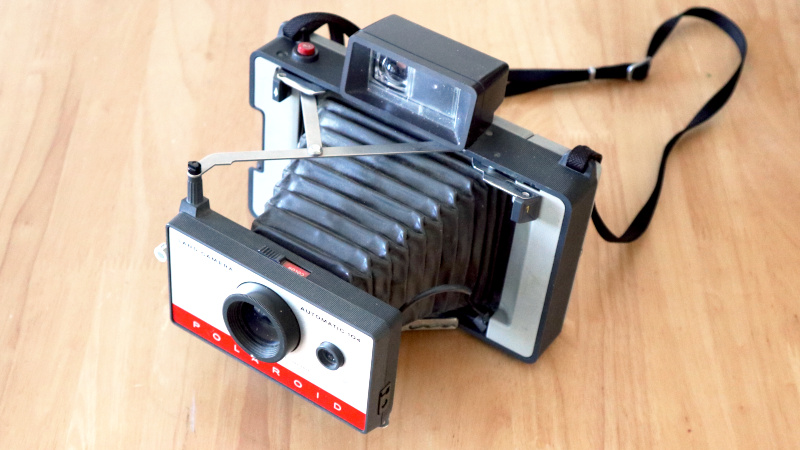A Decade-Old Purchase Sparks A Fascinating Journey
I still remember the day I bought my Polaroid 104 camera like it was yesterday. It was a small, grey plastic box with a distinctive 1960s styling and vintage bellows mechanism. For just over £10, it was mine, and I couldn't wait to start taking pictures. The film packs that came with it were now a decade out of production, but my trusty Polaroid 104 had all the retro-camera-hacking appeal I needed.
Within hours of buying it, I had already started experimenting with converting the camera to use 120 roll film. With the help of some 3D printing magic, I was able to create an adapter and new back for my camera, convincing myself that I would discover a medium format photographic genius in the process.
But who wouldn't become fascinated with the film packs themselves? After all, I had done it before with another defunct-format movie camera a few years ago. That experience led me down a rabbit hole of re-creating its no-longer-manufactured cartridges. How did they work? What kind of chemistry was involved in creating those instant photos? The answers to these questions led me on a fascinating journey through the history of Polaroid photography.
The process behind conventional black-and-white photography is relatively simple: the film is exposed to light, and its chemistry is changed by the image. This latent image is then rolled up with all the others in the film, and later revealed in the developing process. The chemicals cause silver particles to precipitate, creating a negative image.
But what about Polaroid cameras? How did they work? Behind an immense R&D effort, the underlying process was surprisingly simple. My dad had a Polaroid pack film camera back in the 1970s, and I remember watching the process of developing prints with fascination. The images slowly appeared on paper, and it was as if magic.
However, there's more to it than meets the eye. The unexposed silver halide compounds which make the final image are diffused onto the paper from the less-exposed areas of the negative, forming a positive image when a reducing agent is applied. This process is known as "developing" the film.
So what's possible with a Land camera? Perhaps the simplest idea would be to buy one of those One Instant packs and use it as intended. But we're hackers, so that wouldn't be enough.
I had to explore further. What about loading Polaroid 600 or i-Type sheets into a pack film cartridge? Could I somehow give them paper tabs to pull through those rollers and develop them? The possibilities were endless, but some would require careful experimentation and a healthy dose of creativity.
Of course, there's always the option of making your own film. And yes, it is possible – although not for the faint of heart. But for now, my Polaroid 104 remains an interesting photographic toy that I'll continue to enjoy in its current form.
In conclusion, buying a vintage camera like the Polaroid 104 can be a journey of discovery, but also of experimentation and creativity. From understanding the chemistry of instant photography to hacking together custom film packs, there's no shortage of ways to engage with these iconic cameras. So if you have one too, grab some paper, a light box, and get creative!
